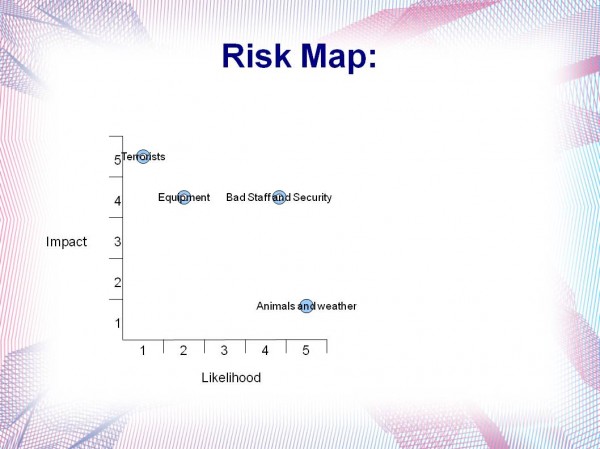Mobile Devices: Paradigm Shift or Just Another Content Delivery Mechanism?
Category:EDUCAUSE,Higher Education,Information Security,Infosec Communicator,Internet Safety,mobile device,Privacy,Social NetworkingI’m curious about whether you think the integration of mobile devices into curricula is a “game changer/paradigm shift” or whether you regard it as just another content delivery mechanism. As a technical communicator, I’ve looked at the mobile device primarily as an additional delivery vehicle; a channel that can be used to reach others. As an educator, I’m thinking of the possibilities of a course structured around mobile devices as the main education platform. As an information security practitioner, I’m wary of the privacy risks and potential cyberstalking.
Will mobile devices be a boon or a bane? Will they cause a profound change in learning? Are they just a stepping stone to the next big thing?
I’m not sure. Let’s look at a few recent game changers:
- Personal computing has been and will continue to become ubiquitous. We have access to immense amounts of information. That has changed how we research practical information. Do any of you use printed maps? What about calling 411 for someone’s phone number?
- The growth of E-readers may eventually sound the death knell of traditional print. Newspapers are scrambling to adapt to a digital audience as they find print circulation shrinking.
- The transatlantic cable has been described as the Victorian Internet in the way it revolutionized communication.
- The telephone and the elevator made modern skyscrapers possible.
What about the smartphone?
- Access to banking is now available through smartphone apps and you either can or will be able to make payments directly from your mobile device. You can also store shopping card info and coupons.
- Mobile devices have greatly increased the access to social networking.
- QR codes connect mobile devices to Internet-based information
Do you agree that these are game changers? Are there mobile apps that you do consider to be game changers?
Addressing the educators in my audience, how do you see integrating mobile devices into your courses? Will you redesign your course to take advantage of their capabilities? Are they just “one more thing” to consider in your content delivery? Will you incorporate social networking with both a mobile and traditional computer interface?
I’m interested in your thoughts. I’m not an expert in this area, but I’m trying to adapt to the possibilities.
Please leave a comment so we can have a discussion! Some of you have contacted me individually. Please post here so we can learn from each other.
By the way, If we’re really lucky, maybe mobile learning will be the death of PowerPoint!
Ben Woelk
Co-chair, Awareness and Training Working Group
EDUCAUSE/Internet2 Higher Education Information Security Council
Policy and Awareness Analyst
Rochester Institute of Technology
ben.woelk@rit.edu
https://security.rit.edu/dsd.html
Become a fan of RIT Information Security at https://rit.facebook.com/profile.php?id=6017464645
Follow me on Twitter: https://twitter.com/bwoelk
Follow my Infosec Communicator blog at https://benwoelk.wordpress.com
This blog entry is cross-posted at https://www.educause.edu/blog/bwoelk/MobileDevicesParadigmShiftorJu/227783












